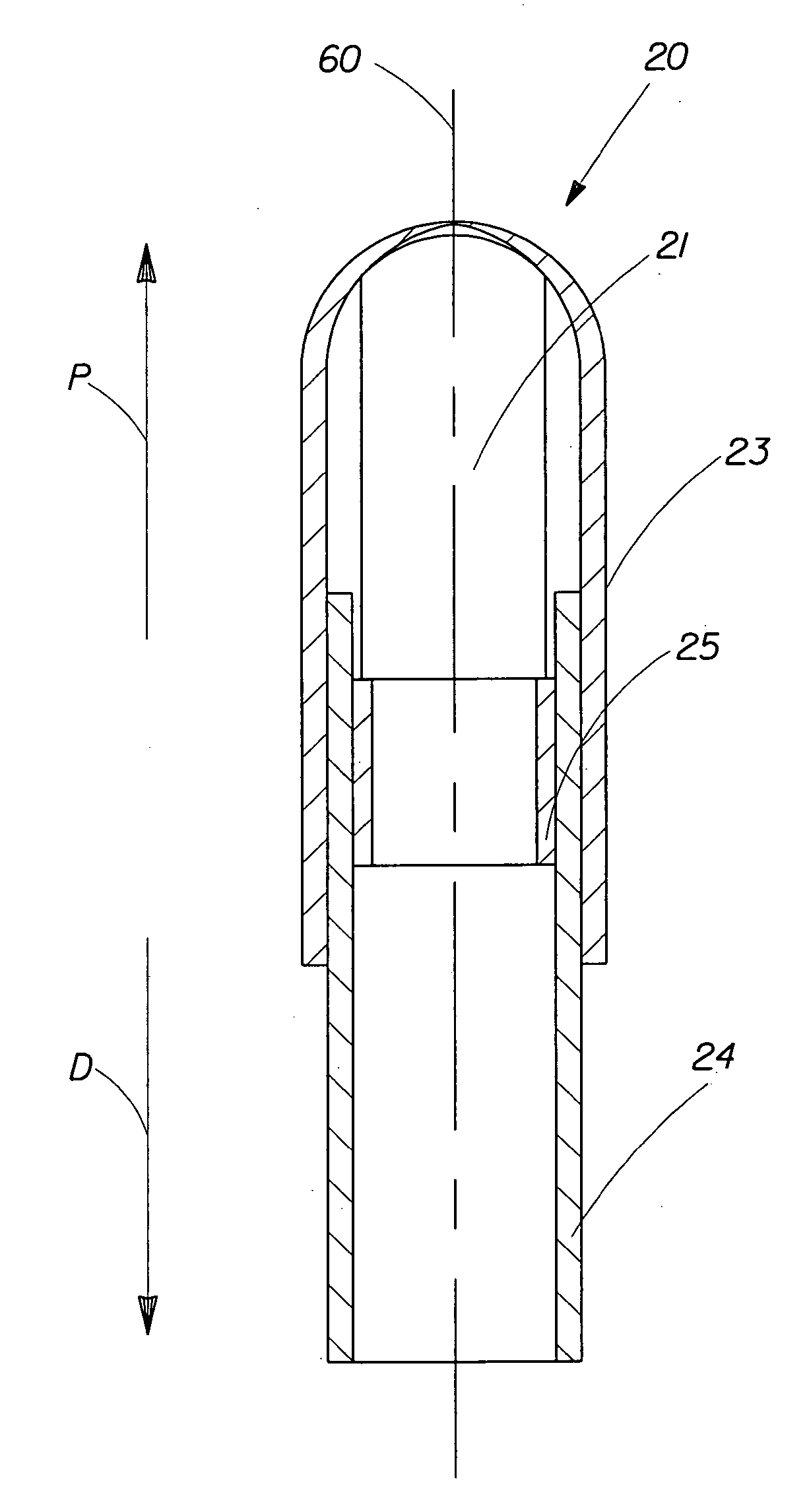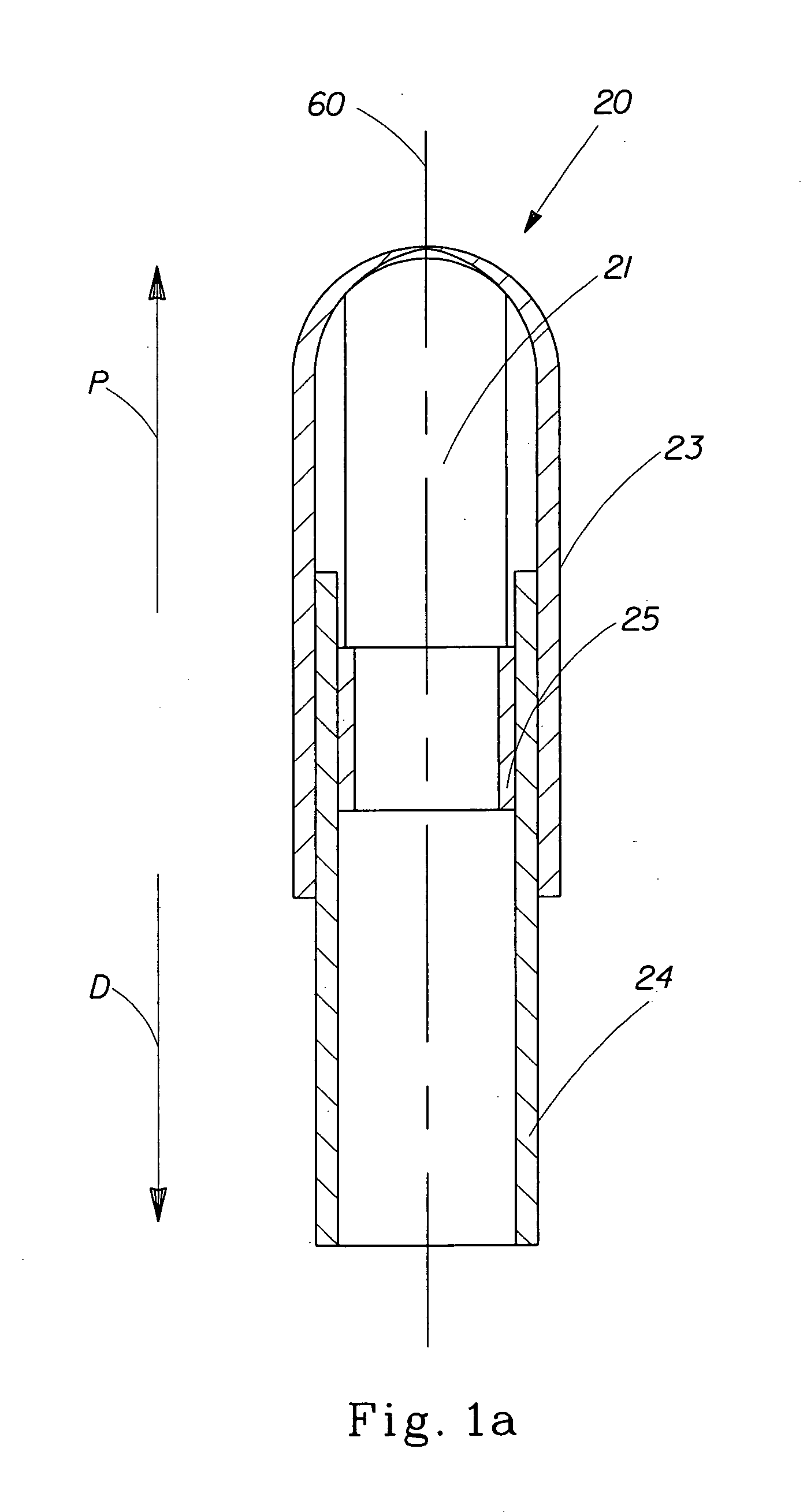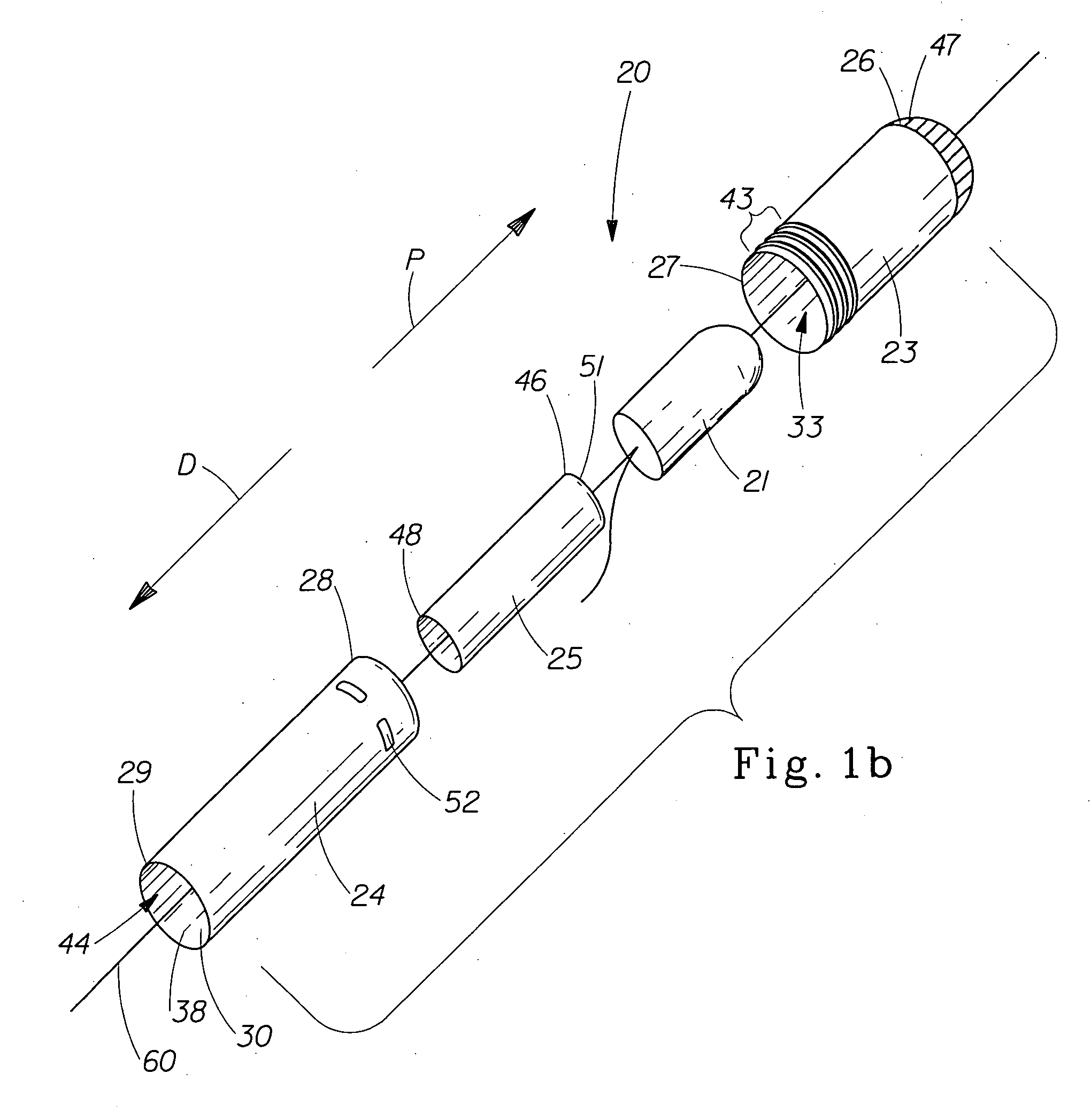Pessary applicator providing low placement
a technology of a diaper applicator and a low placement, applied in the field of diaper applicators, can solve the problems of stress incontinence, inconvenient diapering and pads, and widespread problem of urinary incontinence,
- Summary
- Abstract
- Description
- Claims
- Application Information
AI Technical Summary
Benefits of technology
Problems solved by technology
Method used
Image
Examples
example 1
[0061] The pessary applicator of the present invention can comprise the outer member of the length of 70 millimeters, the inner member of the length of 73 millimeters, a pessary positioning member of the length of 56 millimeters, and a pessary of the length of 44 millimeters. The pessary pushing surface is located 17 millimeters from the first end of the inner member along the longitudinal axis.
example 2
[0062] The pessary applicator of the present invention can comprise the outer member of the length of 67 millimeters, the inner member of the length of 68 millimeters, a pessary positioning member of the length of 57 millimeters, and a pessary of the length of 38 millimeters. The pessary pushing surface is located 11 millimeters from the first end of the inner member along the longitudinal axis.
example 3
[0063] The pessary applicator of the present invention can comprise the outer member of the length of 70 millimeters, the inner member of the length of 73 millimeters, a pessary positioning member of the length of 45 millimeters, and a pessary of the length of 46 millimeters. The pessary pushing surface is located 28 millimeters from the first end of the inner member along the longitudinal axis.
PUM
 Login to View More
Login to View More Abstract
Description
Claims
Application Information
 Login to View More
Login to View More - R&D
- Intellectual Property
- Life Sciences
- Materials
- Tech Scout
- Unparalleled Data Quality
- Higher Quality Content
- 60% Fewer Hallucinations
Browse by: Latest US Patents, China's latest patents, Technical Efficacy Thesaurus, Application Domain, Technology Topic, Popular Technical Reports.
© 2025 PatSnap. All rights reserved.Legal|Privacy policy|Modern Slavery Act Transparency Statement|Sitemap|About US| Contact US: help@patsnap.com



